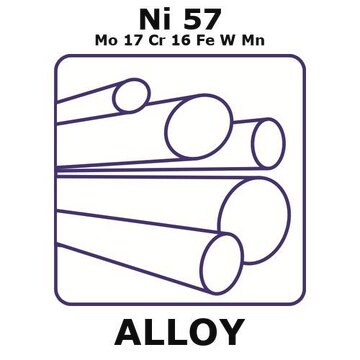GF12154171
Aluminum
sphere, 200pcs, diameter 6.0mm, 99%
Sinonimo/i:
Aluminum, AL006860
About This Item
Prodotti consigliati
Saggio
99%
Stato
spheres
Temp. autoaccensione
1400 °F
Produttore/marchio commerciale
Goodfellow 121-541-71
Resistività
2.6548 μΩ-cm
Dimensione particelle
6.0 mm
P. ebollizione
2460 °C (lit.)
Punto di fusione
660.37 °C (lit.)
Densità
2.7 g/mL at 25 °C (lit.)
Stringa SMILE
[Al]
InChI
1S/Al
XAGFODPZIPBFFR-UHFFFAOYSA-N
Descrizione generale
Note legali
Codice della classe di stoccaggio
13 - Non Combustible Solids
Classe di pericolosità dell'acqua (WGK)
WGK 3
Punto d’infiammabilità (°F)
Not applicable
Punto d’infiammabilità (°C)
Not applicable
Scegli una delle versioni più recenti:
Certificati d'analisi (COA)
It looks like we've run into a problem, but you can still download Certificates of Analysis from our Documenti section.
Se ti serve aiuto, non esitare a contattarci Servizio Clienti
Possiedi già questo prodotto?
I documenti relativi ai prodotti acquistati recentemente sono disponibili nell’Archivio dei documenti.
Il team dei nostri ricercatori vanta grande esperienza in tutte le aree della ricerca quali Life Science, scienza dei materiali, sintesi chimica, cromatografia, discipline analitiche, ecc..
Contatta l'Assistenza Tecnica.




